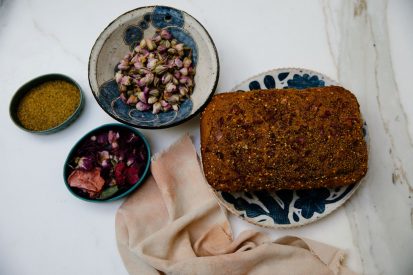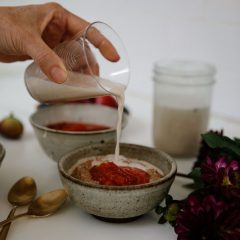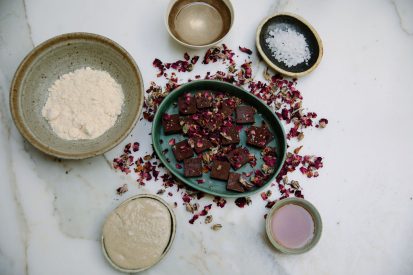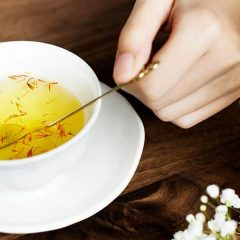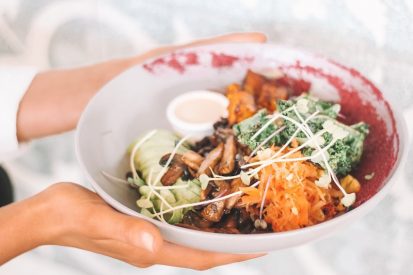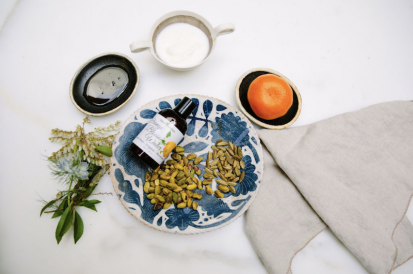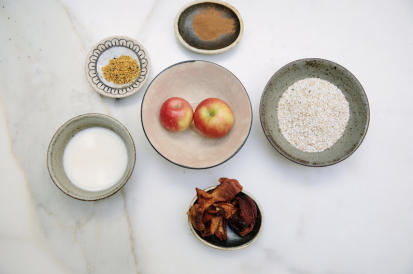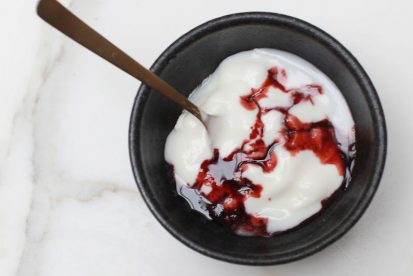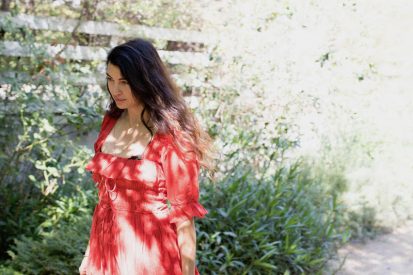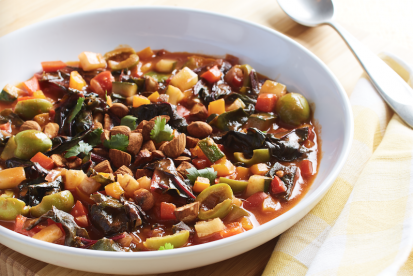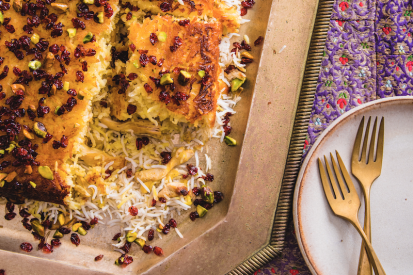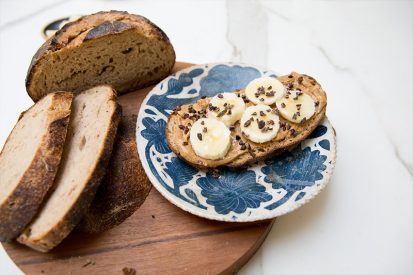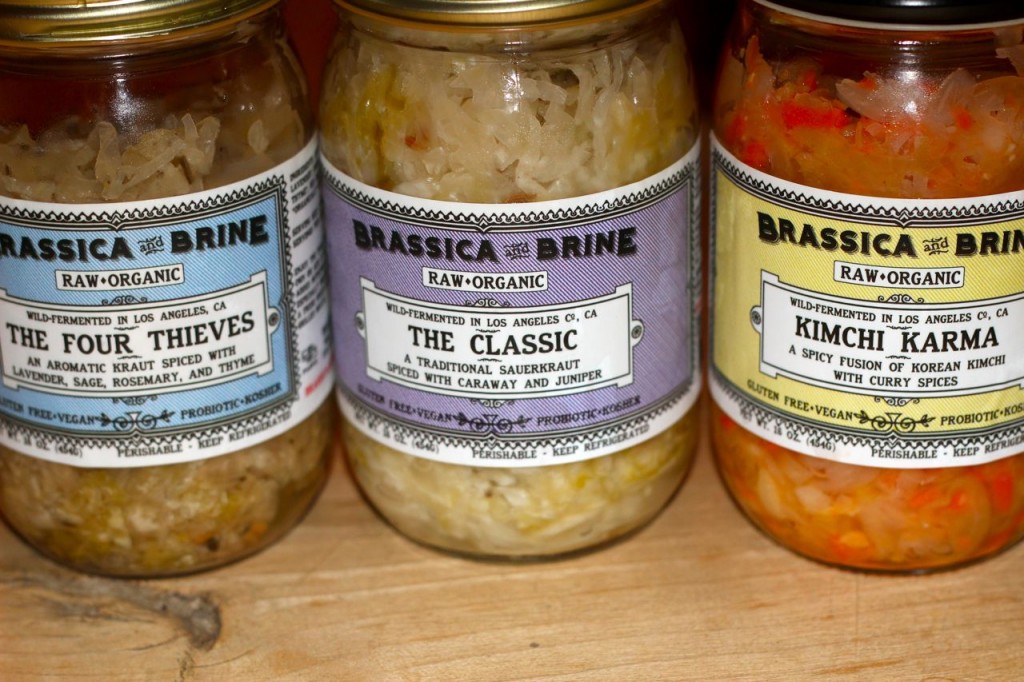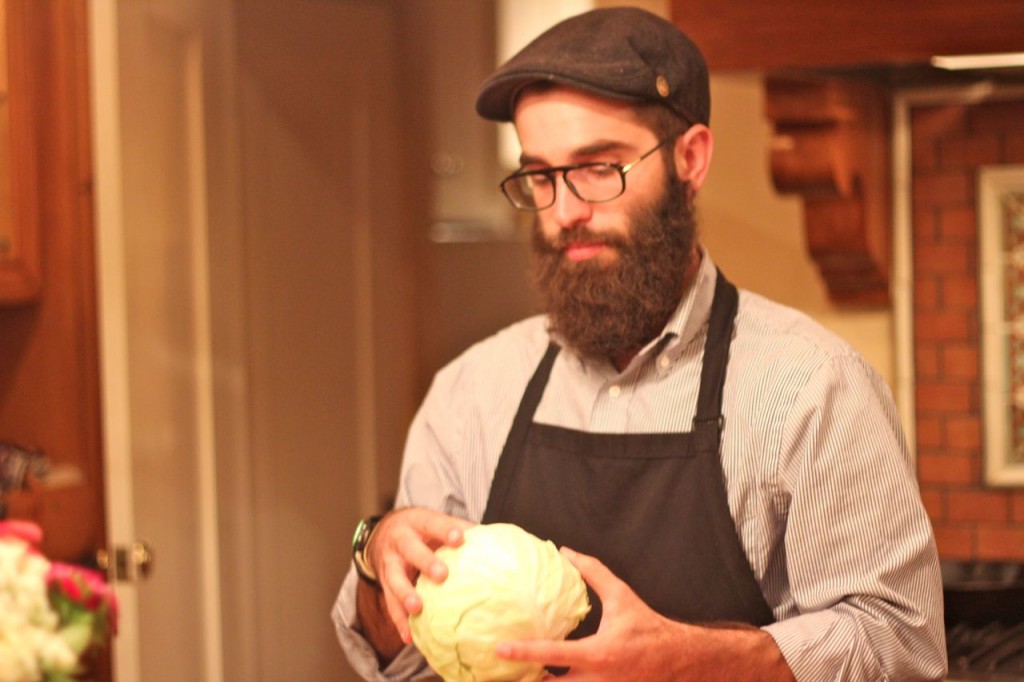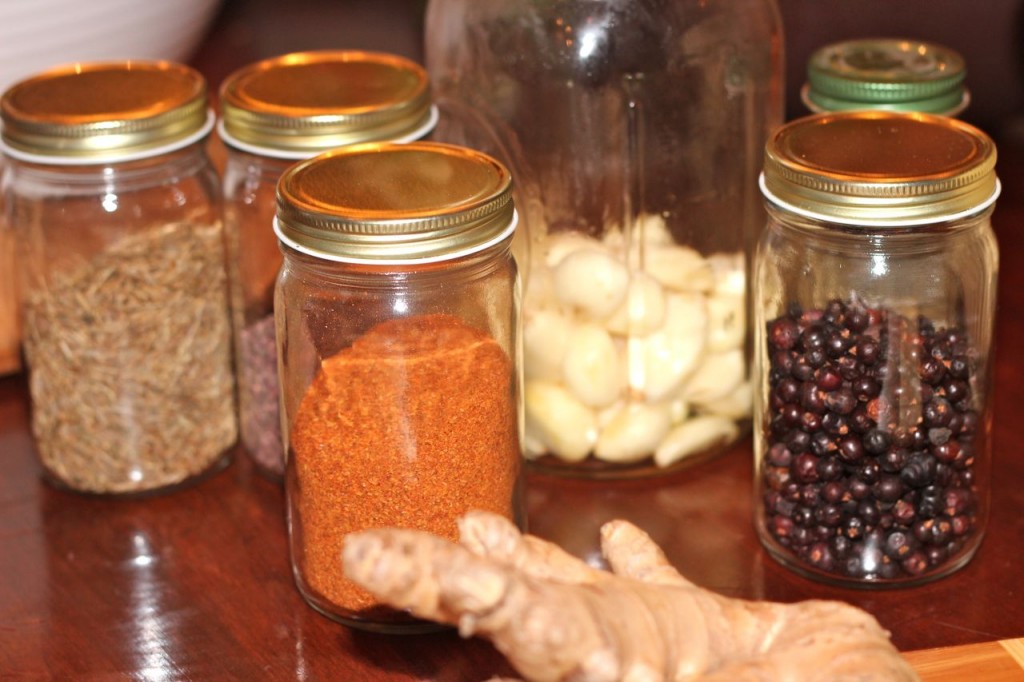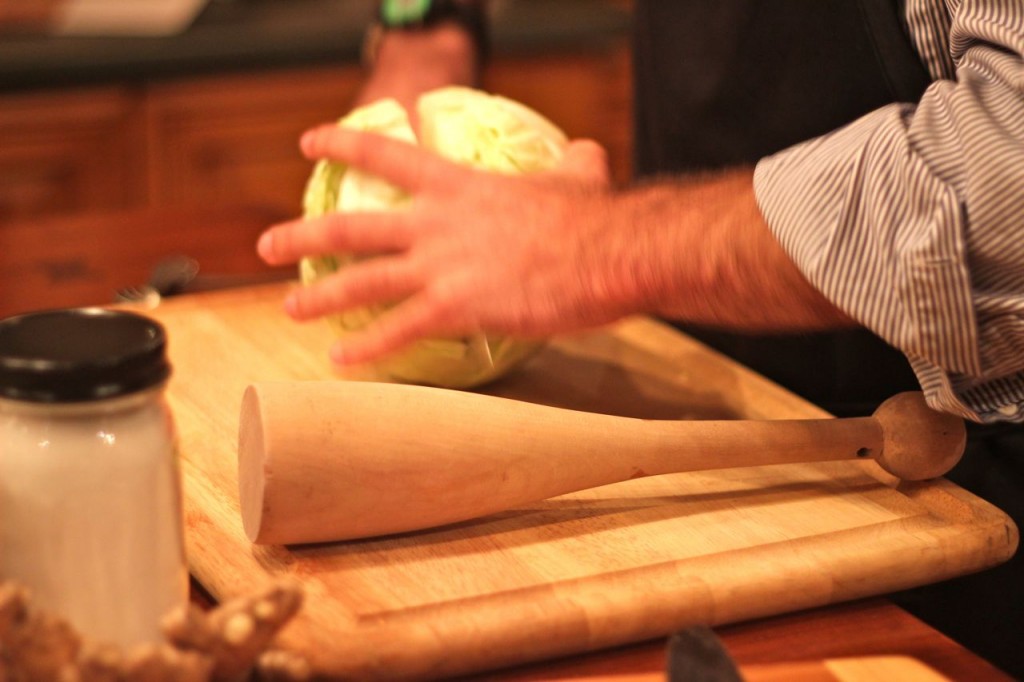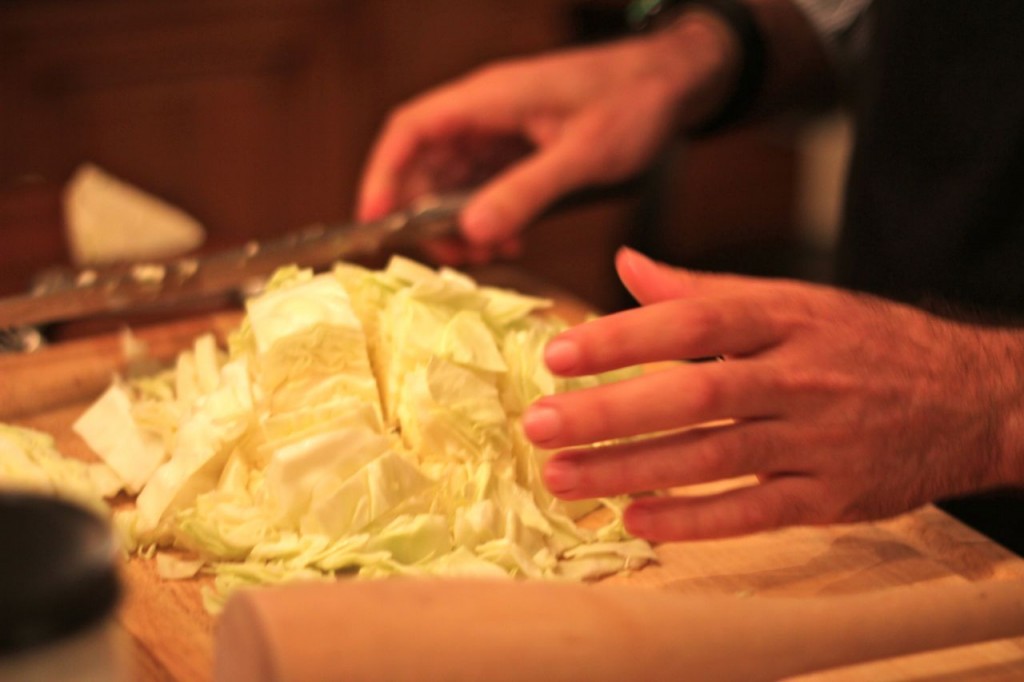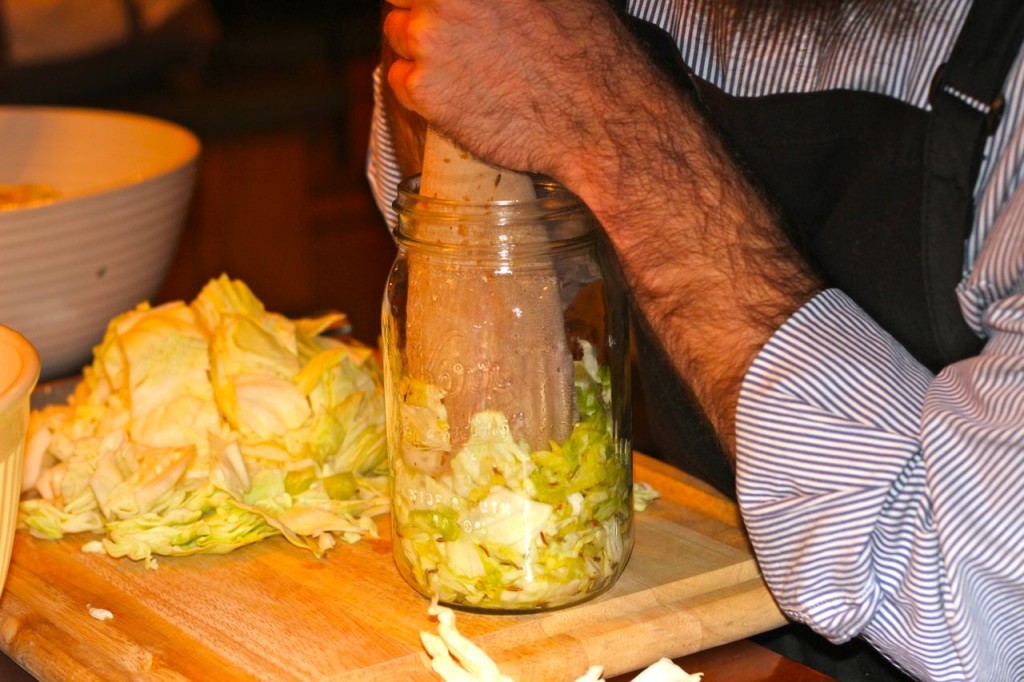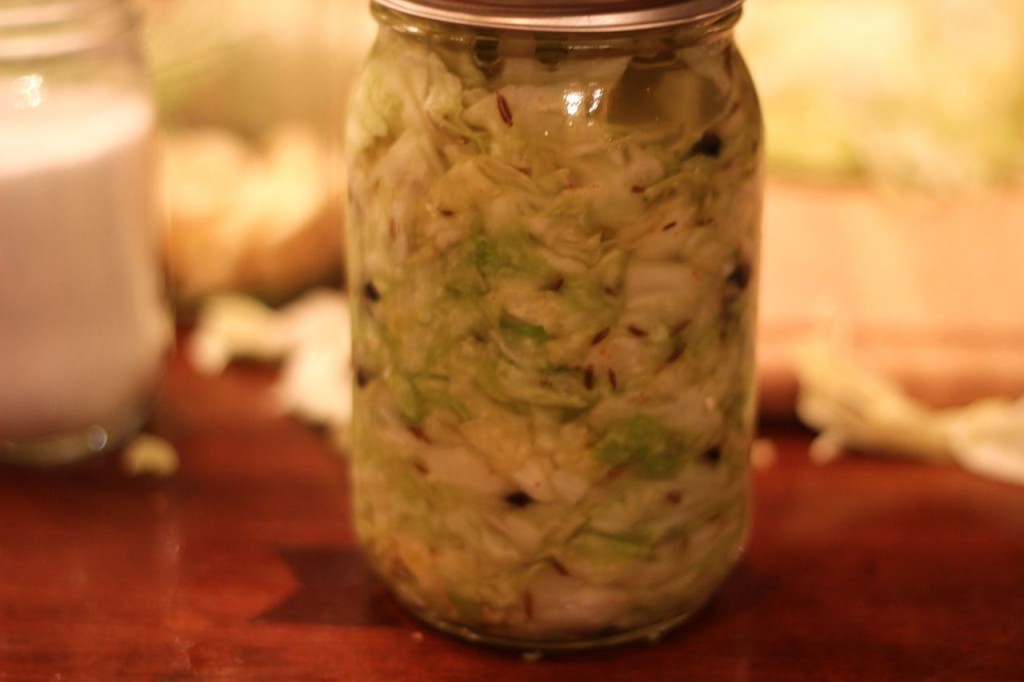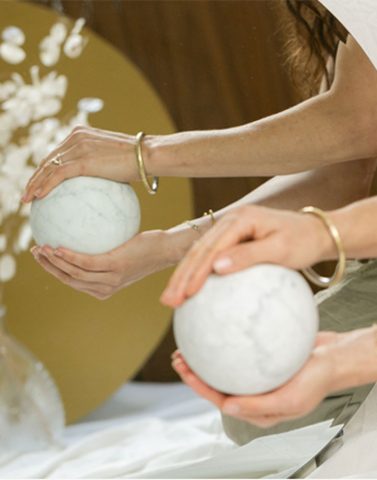Brassica and Brine
I have a new addiction. Sauerkraut. Okay there I said it. I am addicted to sauerkraut. I admit I used to look down on it with a touch of disdain . . . until about two years ago when I had a home made version of it at Axe. After that moment I began to crave it, like I crave kombucha (post on this to come). It seems that fermented, raw, slaw is a natural probiotic and therefore a key to vitality and a healthy gut. Most cultures have some form of fermented, pickled side dish which restores ph balance in the digestive system. I was invited to my dear friend Anna Getty’s house for a wonderfully informative evening with Uri Laio. All I can say is that after sampling his incredible flavors of sauerkraut I actually felt a bit high. It seems our ancestors were on to something: sauerkraut has been said to be a natural aphrodisiac. Of course the best way to eat it is raw, organic and without the chemical preservatives that the standard canning companies use. Recipe and interview with the inspiring Uri below.
1) What inspired you to start your company?
Fermented foods had been an integral part of my life for a few years before I started Brassica and Brine. The thing that really inspired me to start as a business was working in Alex Hozven’s production space at Cultured Pickle Shop in Berkeley during the summer of 2010. It all made so much sense–channeling multiple passions for fermentation, local foods, and sustainability into one project. L.A. didn’t have anyone doing fermentation this way at that time, so I figured it was a match made in Heaven.
One great gift idea for the holidays is to make home made jars of various fermented vegetables. Recipe from the master himself:
Recommended Tools
Cutting board
Knife
Grater/Shredder Though we used a knife just fine
Bowl
A jar
Ingredients
A cabbage (local and organic of course)
Sea Salt
Spices of your choice (caraway seeds, mustard seeds, dill, garlic, bay leaf, and juniper berries)
Directions
1) Chop the cabbage in half from top to bottom and cut out the core.
2) Shred the cabbage.
3) Add salt to the shredded cabbage at 1:1 ratio. One tablespoon of salt per medium head of cabbage. Mix and knead the salt and cabbage well.
4) You will notice the cabbage getting wet. The salt is beginning to extract juice from cabbage leaves, and that juice is essential to the process. You need to punch and knead it for a few minutes like you would bread dough.
5) At this point let the cabbage sit or sweat for about 10 to 15 minutes. The salt starts to draw out the brine.
6) Transfer the cabbage mixture into the jar. as you fill it up give it a few punches. Some use the tool like Uri uses in the photo.
7) Stuff the cabbage and brine into the jar tightly. Put a full cabbage leaf on top and screw the lid on but not super tight.
8) Place jar on a plate to catch the brine. Open the jar occasionally to release pressure.
9) Let it sit in a cool, dark place for 2 weeks to 3 months.
10) When it’s done place in the refrigerator. The sauerkraut is good for at least 6 months to a year.

